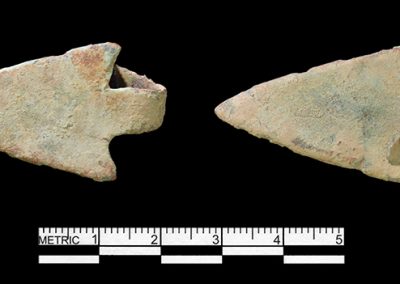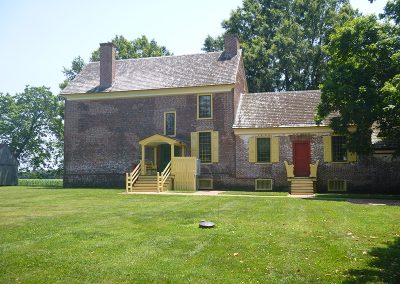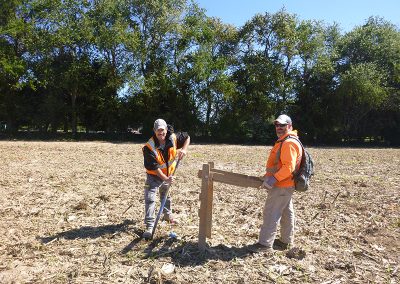John Dickinson Plantation State Park
Kent County, Delaware
On behalf of the Delaware Division of Historical and Cultural Affairs (DHCA), Dovetail has conducted numerous projects within the John Dickinson Plantation outside of Dover, Delaware, since 2018. The plantation is part of Delaware’s First Park and within the Lower St. Jones Neck Historic District, which was listed in the National Register of Historic Places in 1979.
Dovetail’s first project was a property-wide survey of the entire park. The goals were to review and augment the rich set of data extant on this property and produce a report with prioritized, targeted recommendations for future work. During the project, it was found that the property has been occupied minimally dating back to the Terminal Late Archaic period (circa 3750–3550 BP) through the Contact period and ending in the mid-twentieth century.
The initial study paved the way the for additional archival research and archaeological testing in the area of a new visitors’ center, parking areas, along the alignment of numerous proposed paths around the property, and at targeted research areas. This work has identified numerous precontact Native American sites, including an extensive base camp; a historic wharf landing; the location of a seventeenth-century house; the site of an early eighteenth-century house and well; an oyster ricking pit for the processing of lime for whitewash, mortar, and plaster; a nineteenth-century tenant house; and more.
One of Dovetail’s most notable discoveries was identifying the location of the long-lost African burial grounds. Identification of the interment area has generated much excitement and interest, leading to hundreds of visitors to the site, including Delaware Governor John Carney, the Delaware Legislative Black Caucus, and leaders from the African-American religious community. Consultation on this area is ongoing.
All work at the park has required close consultation with the museum staff and the state to assure that park operations are not impacted by ongoing cultural resource studies, all preservation goals are met, and the public is informed throughout the process. This multifaceted, ongoing project highlights Dovetail’s ability to work on extremely complex issues. It also highlights Dovetail’s ability to work on a long-term project to help localities and non-profit groups with the management of their resources.




